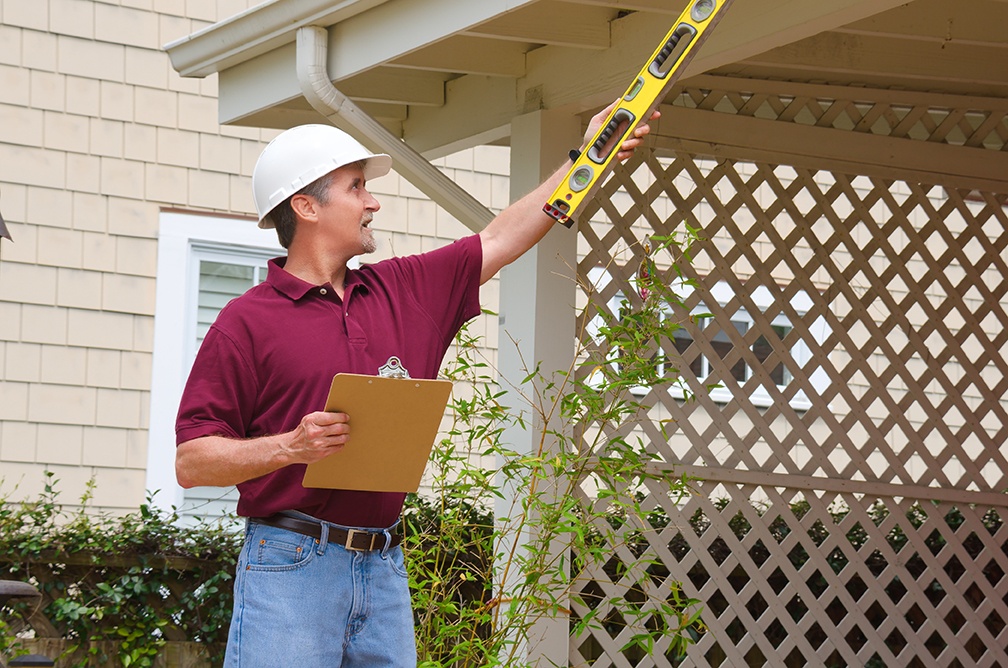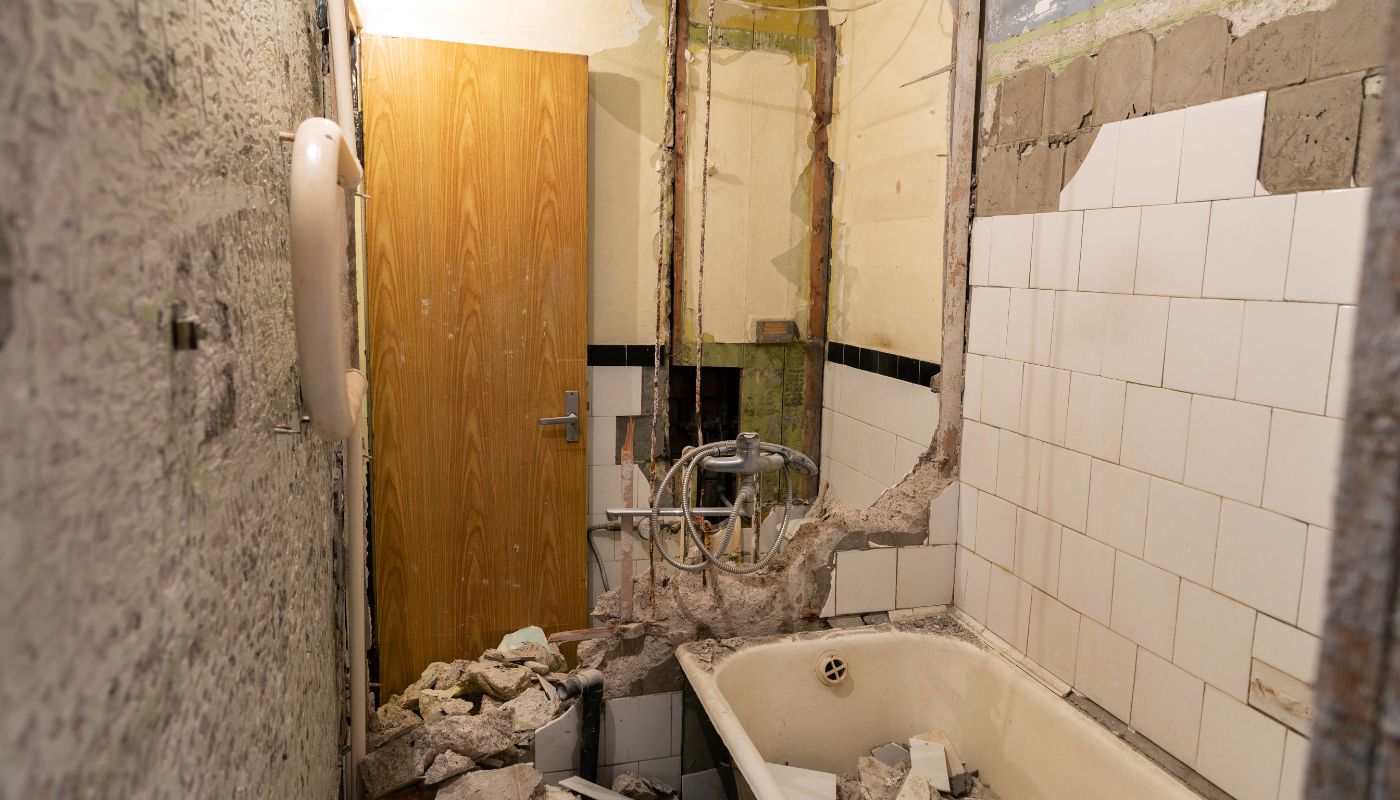 Last week’s scheduled economic reports included readings on housing starts, existing home sales, and Federal Reserve Chair Jerome Powell’s congressional testimony. Weekly readings on mortgage rates and jobless claims were also released.
Last week’s scheduled economic reports included readings on housing starts, existing home sales, and Federal Reserve Chair Jerome Powell’s congressional testimony. Weekly readings on mortgage rates and jobless claims were also released.
National Home Builders Association Releases June Housing Market Index
U.S. home builder confidence rose by five points to an index reading of 55 in June according to the National Association of Home Builders Housing Market Index. The June reading surpassed the expected reading of 51 and May’s housing market index reading of 50. Component readings for the Housing Market Index also rose as builder confidence in current market conditions rose five points and confidence in market conditions for the next six months rose six points.
NAHB said that a shortage of previously-owned homes for sale is driving sales of new homes and rising builder confidence. Many current homeowners refinanced to very low rates available during and immediately after the pandemic and are not inclined to refinance or buy new homes at current higher interest rates.
Mr. Robert Dietz, the chief economist for the NAHB, said: “A bottom is forming for single-family home building as builder sentiment continues to gradually rise from the beginning of the year.” Mr. Dietz also noted that “with the Federal Reserve nearing the end of its tightening cycle, it’s good news for future market conditions in terms of mortgage rates and the cost of builder and developer loans.”
June’s reading was the sixth consecutive month showing increasing home builder confidence and the 11th month since builder sentiment moved into positive territory.
Mortgage Rates Fall
Freddie Mac reported lower average mortgage rates last week as rates for 30-year fixed-rate mortgages fell by two basis points to 6.67 percent and rates for 15-year fixed-rate mortgages fell by seven basis points to an average rate of 6.03 percent.
Sales of previously-owned homes rose to a seasonally-adjusted annual rate of 4.30 million sales as compared to the expected reading of 4.25 million sales and April’s reading of April’ reading of 4.29 million sales.
What’s Ahead
This week’s scheduled economic reporting includes readings from S&P Case-Shiller Indices, new and pending home sales, and inflation. Weekly readings on mortgage rates and jobless claims will also be released.
 Living in an urban setting often means compromising on outdoor space. However, even the tiniest of balconies or patios can be transformed into inviting and functional outdoor retreats. With a bit of creativity and thoughtful planning, you can maximize your small outdoor space and create a beautiful oasis right outside your doorstep.
Living in an urban setting often means compromising on outdoor space. However, even the tiniest of balconies or patios can be transformed into inviting and functional outdoor retreats. With a bit of creativity and thoughtful planning, you can maximize your small outdoor space and create a beautiful oasis right outside your doorstep. Buying a new home is an exciting and significant milestone in anyone’s life. However, it’s essential to approach the homebuying process with caution and thoroughness to ensure that you’re making a sound investment. One crucial step in the homebuying journey is the home inspection. A home inspection is a comprehensive evaluation of a property’s condition, aiming to uncover any potential issues or concerns that could affect its value or safety. Below are some tips to remember when navigating a home inspection.
Buying a new home is an exciting and significant milestone in anyone’s life. However, it’s essential to approach the homebuying process with caution and thoroughness to ensure that you’re making a sound investment. One crucial step in the homebuying journey is the home inspection. A home inspection is a comprehensive evaluation of a property’s condition, aiming to uncover any potential issues or concerns that could affect its value or safety. Below are some tips to remember when navigating a home inspection. The bathroom is one of the most important and frequently used spaces in a home. Over time, it may start to show signs of wear and tear or become outdated. If you’re considering renovating your bathroom, one of the first decisions you’ll face is whether to tackle the project yourself or hire a professional. Both options have their pros and cons, and it’s essential to weigh them carefully before deciding.
The bathroom is one of the most important and frequently used spaces in a home. Over time, it may start to show signs of wear and tear or become outdated. If you’re considering renovating your bathroom, one of the first decisions you’ll face is whether to tackle the project yourself or hire a professional. Both options have their pros and cons, and it’s essential to weigh them carefully before deciding. Last week’s scheduled economic reports included readings on inflation, the Fed’s Federal Open Market Committee meeting, and Fed Chair Jerome Powell’s press conference. Weekly readings on mortgage rates and jobless claims were also published.
Last week’s scheduled economic reports included readings on inflation, the Fed’s Federal Open Market Committee meeting, and Fed Chair Jerome Powell’s press conference. Weekly readings on mortgage rates and jobless claims were also published. One of the stresses of moving to a new area is giving up the familiarity that you have with your old neighbors and starting from scratch. Whether you’ve just moved to a different locale or you’re planning to relocate in the near future, there are some easy ways that you can make a home of your new neighborhood right from the start.
One of the stresses of moving to a new area is giving up the familiarity that you have with your old neighbors and starting from scratch. Whether you’ve just moved to a different locale or you’re planning to relocate in the near future, there are some easy ways that you can make a home of your new neighborhood right from the start.